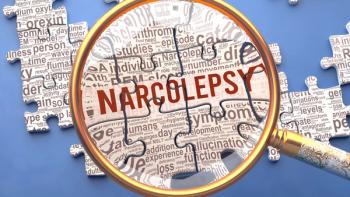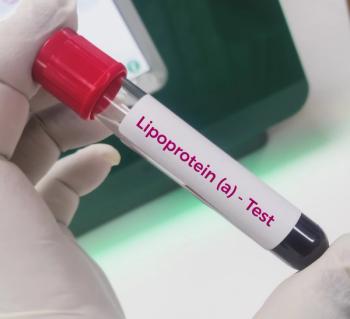
- Vol 28 No 9
- Volume 28
- Issue 9
Hospital CEO Keeps Pediatric Care Local
This month’s featured exec is Deborah Feldman, president and CEO of Dayton Children’s Hospital. Here, she sheds light on how the future of healthcare is shaping up, and how value-based care, the ACA, and pediatric pain management fit in.
Deborah Feldman, president and CEO of Dayton Children’s Hospital, has one goal in mind: “Keeping more of our children local for their care,” she says.
The hospital, the only pediatric one in the Dayton, Ohio region, provides care for more than 300,000 children every year across 20 Ohio counties and eastern Indiana in a network of care facilities.
“Dayton Children’s has seen a significant increase in patients over the last several years despite being in a market which is demographically not growing,” says Feldman,
Upon joining the organization in 2012, she led the creation of Destination 2020, a strategic roadmap to guide the hospital into the rapidly changing future of healthcare.
Managed Healthcare Executive (MHE): What is the biggest win that you have had at Dayton Children’s Hospital?
Feldman: We have been laser-focused on executing
As a result of the plan, we identified key strategies including:
- The need to upgrade our facilities, resulting in the opening of a new state-of-the art patient tower in 2017 and an ambulatory destination center including an emergency department, surgery center, imaging, orthopedic and sports medicine center, a medical office for comprehensive ambulatory services, a sleep center, and two private pediatrician offices.
- The need to recruit more physicians to provide the right services for our community, resulting in the recruitment of more than 100 new pediatric subspecialists, adding or expanding needed medical services and reducing wait times for appointments.
- Significantly expanding our outpatient mental and behavioral health services. We will soon be opening both a behavioral health emergency assessment center and 24-bed inpatient unit.
- The development of a Clinically Integrated Network with more than 100 of our local pediatricians participating.
- Building upon and adding new healthcare organizations as partners.
- Strengthening our culture through employee and physician engagement, both are now in the top decile of engagement across both all hospitals and children’s hospitals.
MHE: How has the ACA impacted your hospital?
Feldman: As a pediatric hospital, the protections that came with ACA have and continue to positively impact many of the children we care for here. The elimination of life-time maximums and providing protection for those with pre-existing conditions for our privately insured families has been extremely beneficial.
Although Ohio is a Medicaid expansion state, children in Ohio were already eligible for Medicaid up to 211% of the federal poverty level, covered by the combined Medicaid and CHIP. We did advocate strongly for Medicaid expansion because we recognized that the health of the entire family significantly impacts the health and well-being of children as well as impacting the long-term economic vitality of our state.
MHE: What specific value-based purchasing agreements have you established with managed care plans and how effective in improving outcomes and reducing costs have they been?
Feldman: Dayton Children’s, through its clinically integrated network, has entered a
MHE: Opioid addiction is another problem high on the radar of providers and payers. How is your hospital approaching pain management?
Feldman: As a pediatric hospital, our challenges with opioids are somewhat different than the adult hospitals. However, we do have an innovative pain management program for our children that includes the use of spinal blocks.
Kristen Spisak, MD, a physician in the anesthesiology department and a member of the pediatric anesthesiology team at Dayton Children's Hospital, started the
Articles in this issue
over 7 years ago
How Tweaking Therapies Can Help Mental Health Treatmentover 7 years ago
Six Skills You Need to Haveover 7 years ago
Three Ways Health Organizations Can Improve Data Useover 7 years ago
New Drug Pricing Tools Could Save Moneyover 7 years ago
Five Healthcare Leadership Needs Fueled by Value-Based Careover 7 years ago
This Drug Spending Trend May Surprise Youover 7 years ago
Mental Healthcare Program Meets Unique Needs of Militaryover 7 years ago
New Drug Pricing Act Could Change Drug PricingNewsletter
Get the latest industry news, event updates, and more from Managed healthcare Executive.






















































